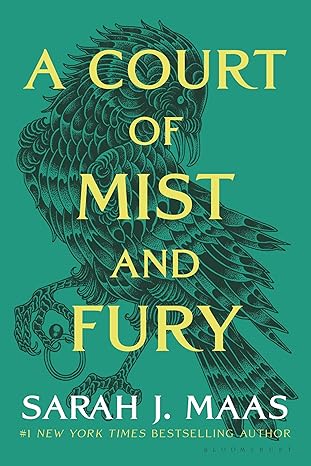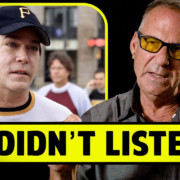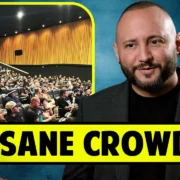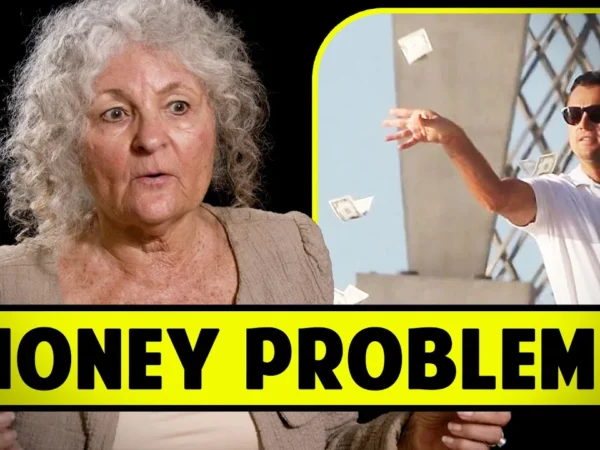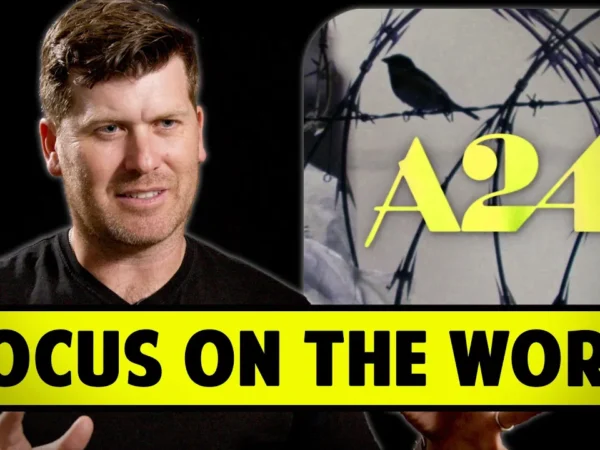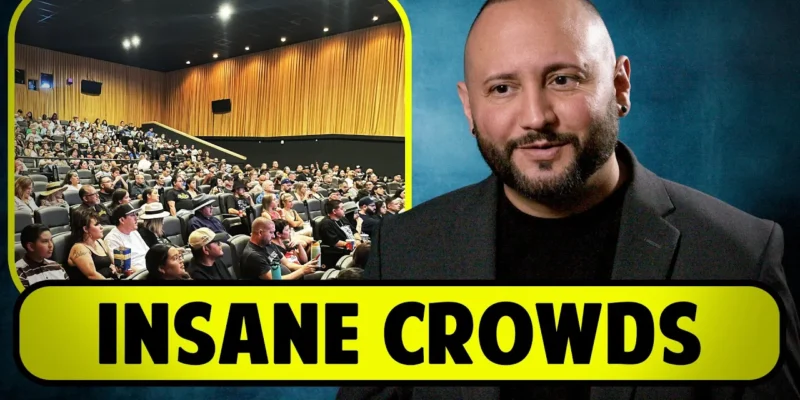
How I Sold Out 27 Movie Theaters: A Journey of Independent Film Success
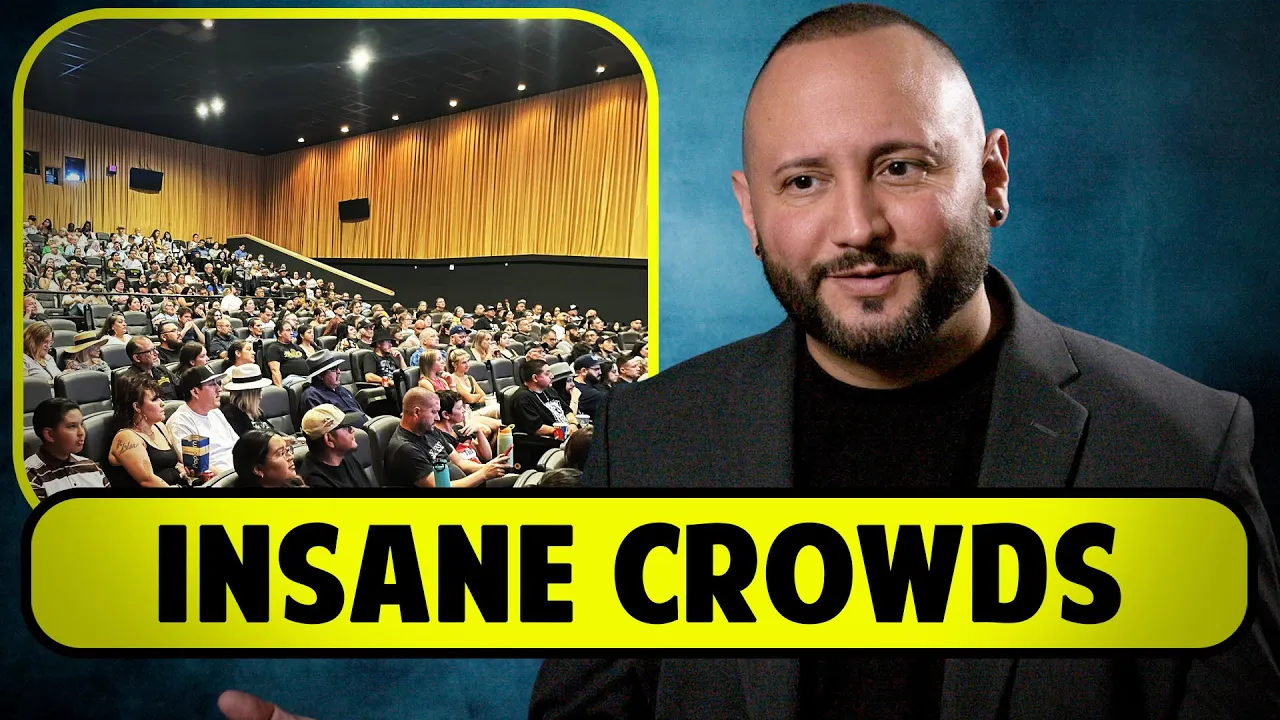
In the competitive world of independent filmmaking, selling out multiple theaters is a significant achievement. This blog explores the journey of Brandon Loran Maxwell as he navigates the challenges and triumphs of promoting his film, showcasing the strategies that led to sold-out screenings across the country.
Table of Contents
- Contacting the Theater
- The Price
- Turnaround Time
- The Ticket Split
- Conclusion
- Distribution
- Events
- Paid Marketing
- Email Marketing
- Merch
- FAQ
- Conclusion
Contacting the Theater
Brandon’s journey began with a simple phone call to AMC in downtown LA. This initial contact was pivotal; he inquired about renting the theater for a private screening. The goal was to create an event that would generate buzz and allow for media presence.
The Approach
Brandon approached the theater with a clear plan. He wanted to know the rental cost for a few hours, aiming to transform the screening into an engaging experience. He understood the importance of having a well-organized event to attract viewers.
The Initial Plan
At first, the plan was modest—just one screening. However, the excitement generated from that initial showing quickly led to more screenings across different locations. The film’s reception exceeded expectations, prompting Brandon to expand the number of events.

The Price
Renting a theater can be a significant investment. For the initial screening, Brandon estimated the cost to be around three thousand dollars for three hours. This price can vary depending on the theater, typically ranging from two thousand to thirty-five hundred dollars for venues accommodating two hundred to four hundred seats.
Understanding Costs
Brandon learned that each theater has its own pricing structure. This variability meant careful budgeting and planning were essential for subsequent screenings. As the film gained popularity, the financial commitment became easier to manage.

Turnaround Time
One of the challenges faced was the turnaround time for receiving payment from theaters. Brandon noted that this could vary significantly, with some theaters taking up to two months to process payments. This delay required persistence on his part to ensure timely compensation.
Establishing Clear Terms
To combat payment delays, Brandon implemented a strategy of having theaters sign contracts beforehand. These contracts outlined payment timelines, helping to mitigate potential issues. Establishing these clear parameters proved beneficial in maintaining a smooth operational flow.

The Ticket Split
As word of the film spread, theaters began approaching Brandon with offers to host screenings under a ticket split arrangement. This meant that instead of renting the theater outright, the revenue from ticket sales would be shared. This shift was a testament to the film’s growing popularity and audience draw.
Benefits of Ticket Splits
Ticket splits allowed for greater flexibility and reduced financial risk for both Brandon and the theaters. With large audiences consistently attending, this arrangement became a win-win situation. Theaters were eager to partner, as the crowds not only filled seats but also boosted concession sales.

Navigating New Dynamics
Brandon found that this new approach required him to adapt his strategy. He learned to negotiate terms that worked for both parties. As he developed relationships with theater owners, he discovered that many were supportive of his independent film journey.

Conclusion
Brandon’s experience illustrates the importance of persistence, adaptability, and strategic planning in the world of independent filmmaking. By effectively communicating with theaters and understanding the financial aspects of screening events, he was able to create a successful series of sold-out shows.
Distribution
With the groundwork laid, Brandon shifted focus to distribution. He understood that getting the film into theaters was just the beginning. The real challenge was ensuring that it reached audiences across the country.

Strategic Partnerships
Brandon sought partnerships with local organizations and community groups. By aligning with entities that had established connections within the communities, he could create a grassroots marketing effort. This approach not only increased visibility but also fostered a sense of ownership among local audiences.
Leveraging Social Media
Social media played a crucial role in the distribution strategy. Brandon utilized platforms like Instagram, Facebook, and Twitter to share updates, behind-the-scenes content, and audience testimonials. This engagement helped maintain momentum and excitement surrounding the film.

Community Engagement
Brandon prioritized community engagement by hosting Q&A sessions after screenings. These interactions allowed audiences to connect with the film’s themes and creators, creating a more immersive experience. This personal touch encouraged word-of-mouth promotion, further expanding the film’s reach.

Events
Events became a cornerstone of the promotional strategy. Each screening was not just a movie showing but an experience. Brandon transformed mundane screenings into vibrant cultural events that celebrated the film’s themes.

Creating Memorable Experiences
The atmosphere at screenings was electric. With the presence of local artists, musicians, and food vendors, each event became a community celebration. This immersive experience resonated with audiences, drawing larger crowds and fostering loyalty.
Collaborating with Local Artists
Brandon collaborated with local artists to incorporate their work into the events. From live music to art exhibits, these collaborations enriched the film’s narrative, and showcased the talent within the communities. The fusion of art and cinema created a unique ambiance that left a lasting impression.

Paid Marketing
While organic marketing efforts were effective, Brandon recognized the potential of paid marketing. He strategically allocated a budget for targeted ads, ensuring that the film reached specific demographics.

Targeted Advertising
Brandon focused on platforms where potential viewers were most active. By utilizing demographics and interests, he crafted ads that resonated with specific audiences. This precision in targeting maximized the return on investment.
Monitoring and Adjusting Campaigns
Brandon closely monitored the performance of paid campaigns. By analyzing engagement metrics, he adapted strategies in real-time, ensuring that marketing efforts remained relevant and effective. This agility allowed for continuous improvement and optimization of the campaigns.

Email Marketing
Email marketing emerged as a powerful tool for maintaining audience engagement. Brandon understood its importance in nurturing relationships with viewers.

Building an Email List
Though Brandon initially overlooked capturing emails, he quickly recognized its value. By incorporating sign-up options at events and on social media, he began to build a robust email list. This database became a vital resource for direct communication with fans.
Crafting Compelling Newsletters
Brandon created newsletters that provided exclusive content, updates, and event information. By crafting compelling stories and engaging visuals, he kept the audience informed and excited. This consistent communication deepened the connection with fans, encouraging them to spread the word.

Merch
Merchandise became an unexpected yet lucrative avenue for engagement and revenue. Brandon realized that selling film-related products could complement the overall marketing strategy.

Designing Unique Merchandise
Brandon collaborated with local artists to design merchandise that resonated with the film’s themes. From t-shirts to posters, the products reflected the cultural aesthetic and appealed to audiences. This connection to the film’s identity enhanced the merchandise’s desirability.
Setting Up Sales at Events
Merchandise sales at events provided an additional revenue stream. Brandon set up booths at screenings, allowing fans to purchase items while supporting the film. This not only boosted sales but also created a sense of community among attendees.

FAQ
As the film gained traction, questions began to arise from the audience. Addressing frequently asked questions became essential for maintaining transparency and engagement.

Common Inquiries
- How can I watch the film? Information on streaming options and future screenings was shared through newsletters and social media.
- Are there plans for a sequel? Brandon addressed this question by discussing the film’s impact and potential for future projects.
- How can I support independent film? Encouraging audience members to attend screenings and share their experiences helped build a supportive community.
Encouraging Feedback
Brandon actively sought feedback from viewers, using it to refine future projects. This openness fostered trust and loyalty among fans, who felt valued and heard.

Conclusion
Brandon’s journey showcases the multifaceted approach required for independent film success. Through strategic marketing, community engagement, and innovative distribution methods, he transformed a singular screening into a nationwide phenomenon. The lessons learned from this experience will undoubtedly shape his future projects.


